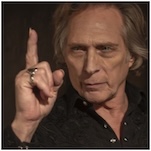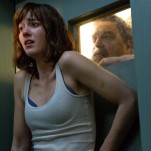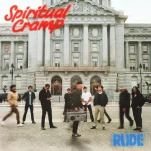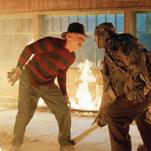How to Make a Non-Sensational Ted Bundy Movie: Amber Sealey and Luke Kirby on No Man of God
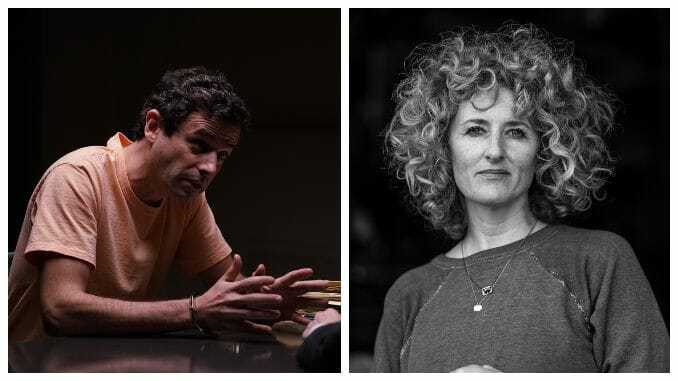
How do you make a movie about Ted Bundy without making a movie about Ted Bundy? That’s the question No Man of God hopes to answer. The fourth film from director Amber Sealey, working from a script by C. Robert Cargill (under pen name Kit Lesser), No Man of God approaches serial killer Ted Bundy (Luke Kirby) with a critical eye that’s conspicuously conscious of feeding into the same sensational coverage that envisions him as some sort of grisly superlative. True crime has never been a bigger genre, and Bundy media has been riding that wave. No Man of God attempts to follow in the footsteps of its other subject, FBI profiler Bill Hagmaier (Elijah Wood), by replacing an often exploitational agenda with demystification and closure—justice served not just for Bundy’s victims, but for those living in fear thanks to a culture that’s far louder about bad men than about those they destroy.
While this is Sealey’s first film where she hasn’t also written the screenplay, many of the movie’s best scenes came directly from her: One sees Bill driving, listening to tapes from work involving gruesome crimes with the windows down, when he pulls up alongside a woman, speakers blaring. He’s immediately self-conscious of being part of the problem, an unintentional perpetuator of a misogynist culture. A handful of other sequences highlight silent women, meant to evoke Bundy’s victims, observing—almost haunting—the tête-à-tête between men. “We dressed them and made them look like specific victims,” Sealey explained to Paste.
“It wasn’t in the script at all and it was something that I felt like, ‘I just can’t make this movie and not have a nod to the victims,’” Sealey said. “I want this to have lots of layers: Yes it’s about Bill and it’s about Bundy, but it’s also about us as a society, and our interest in these kinds of films and these kinds of people. It’s also about the victims and how they’re voiceless and they don’t have a say. And the fact that nobody’s making movies about them.”
It was just another layer of nuance Sealey added to the script, which pulls the bulk of its material from archival recordings of Hagmaier and Bundy’s conversations. “Everything with a woman was me,” Sealey said. “We’re on a limited budget, so only a few of those women were roles that had names in the credits. Many of them were just background actors. They were wonderful, particularly Hannah Jessup who was the young girl in the scene…when Bundy’s pretending that it was porn that was at fault.”
Jessup’s scene is indeed one of the most impactful of the film, alongside one where Bundy and Bill’s personae blur as they’re intercut, delivering the same speech. Both Wood and Kirby excel in their roles, but Kirby necessarily shouldered a bigger artistic burden. And no, he wasn’t immediately on board when Sealey approached him for the role. But she ended up winning him over.
-

-

-

-

-

-

-

-

-

-

-

-

-

-

-

-

-

-

-

-

-

-

-

-

-

-

-

-

-

-

-

-

-

-

-

-

-

-

-

-









